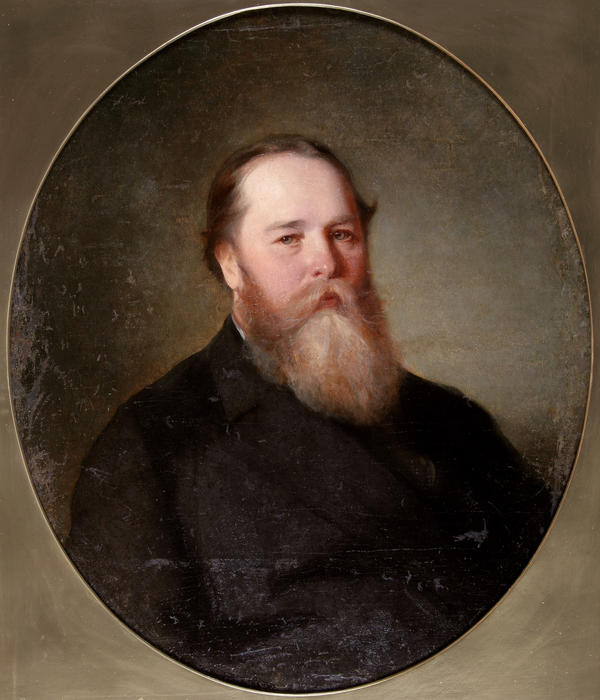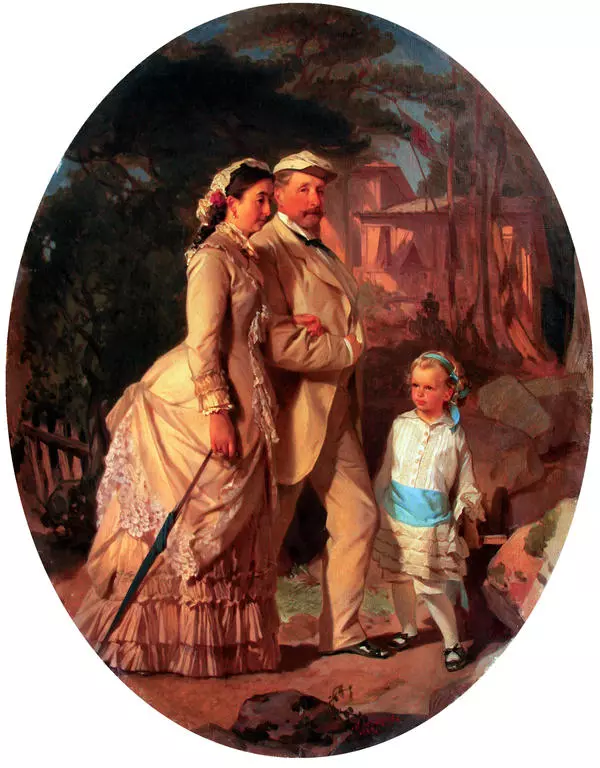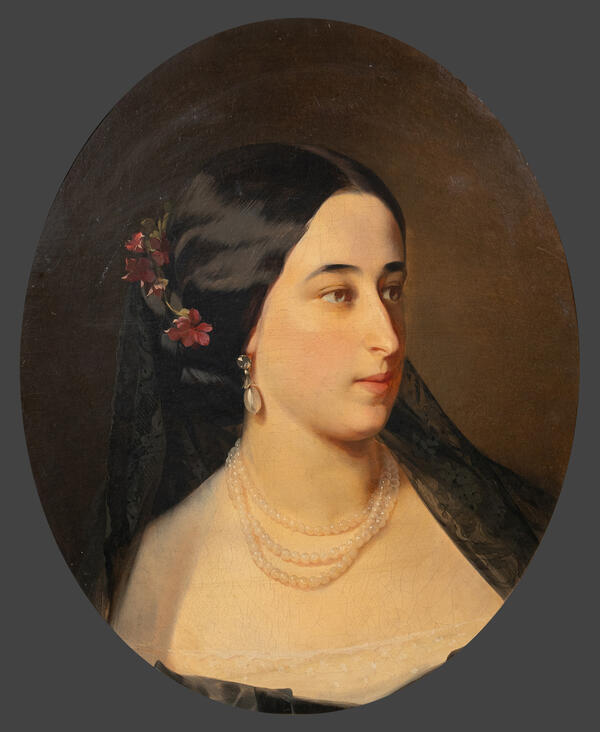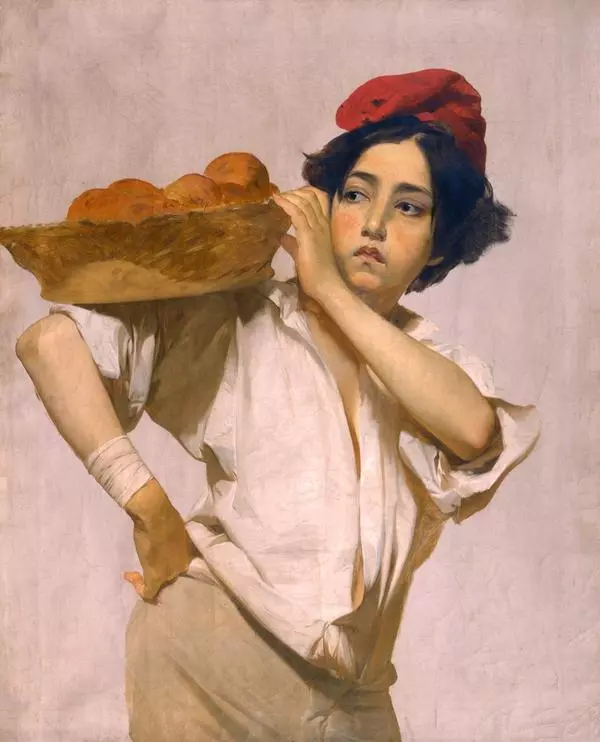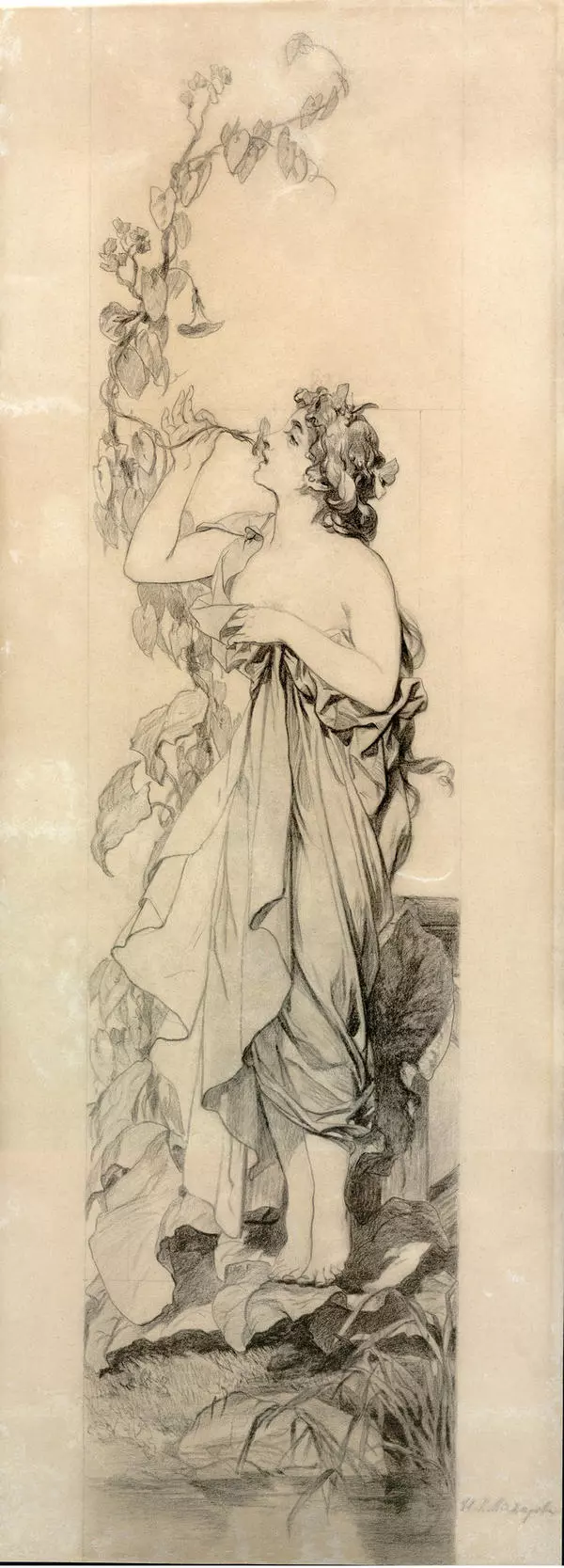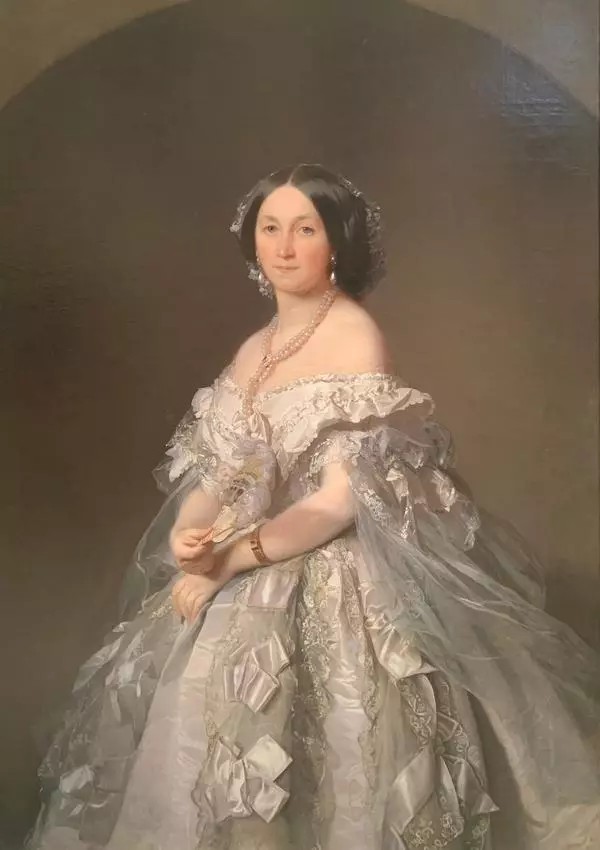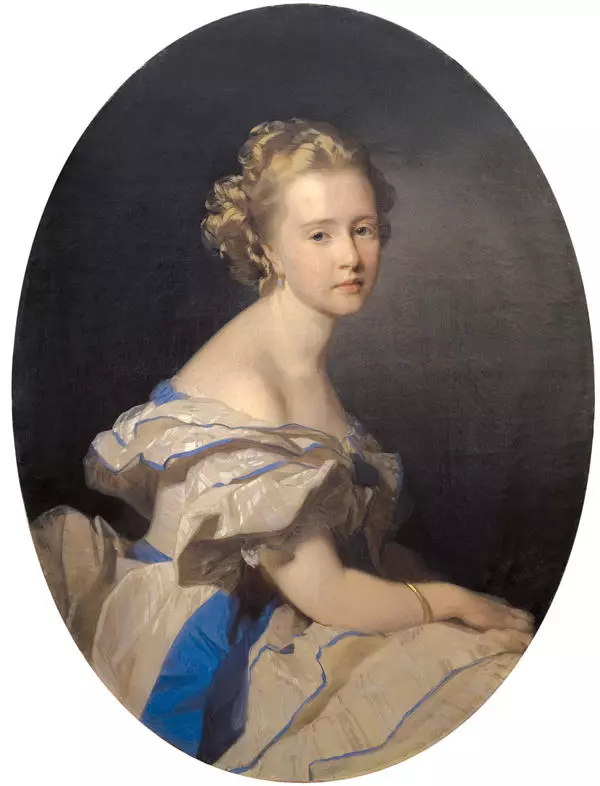Famous Russian painter Ivan Kuzmich Makarov was born in 1822 in Arzamas. The artist spent much of his childhood and youth in the city of Saransk, where his father owned a drawing school. Although the works of the master are kept in more than 50 museums around the world, it is S.D. Erzia Museum of Fine Arts of the Republic of Mordovia that studies the biography and creative heritage of the great countryman.
The artist’s grandson and full namesake, Ivan Kuzmich Makarov, moved from Pyatigorsk to Saransk in 1971. The heir to the great portraitist presented 19 paintings as a gift to the museum. Subsequently, the collection increased, today it includes 23 paintings and 1 drawing by Ivan Kuzmin. The artist preferred portraits and icon painting of all the genres of painting.
Among the paintings donated to the museum was a portrait of an unknown man with pleasant facial features, a slightly sad, insightful look and a magnificent beard. For quite a long time the canvas was called Portrait of a man. But now it is known that the man depicted in the picture is an outstanding contemporary of Ivan Kuzmin - merchant of the 1st guild, Active State Councillor, industrialist and philanthropist Peter Ionovich Gubonin.
Peter Gubonin’s biography is worthy of a novel. One of the richest merchants in Russia was born in a family of a serf mason and in his youth worked with his father. A gifted person, he founded his own business and began to take contracts for the construction of bridges. When intensive construction of railways began in Russia in the second half of the 19th century, Gubonin’s company was involved in laying most of the lines.
In 1862 Peter Ionovich paved the rails for the first horse tram in St. Petersburg. The entrepreneur became one of the founders of the Baku Oil and Northern Insurance Companies, established a locomotive building plant in Kolomna. Gubonin bought Gurzuf, intending to arrange a resort there and engaged in winemaking.
At the same time, until the end of his life, Peter Ionovich was not shy about his origin, but rather proud of it. He dressed as it was customary for merchants: in a long-skirted coat, bottle-shaped high boots not constraining the movements and a peak cap. Peter Gubonin donated huge sums of money to charity. He financed the construction of the Tver Spiritual Seminary, the Polytechnic Museum, opened schools and shelters for the poor.
The emperor awarded Peter Gubonin with the personal nobility for the organization of a polytechnic exhibition in Moscow in 1872. Three years later Peter Ionovich paved the Sevastopol Railway, for which he received the rank of Active State Councillor and hereditary nobility. The motto on Gubonin’s coat of arms read: ‘Not to myself, but to the Motherland.’
The artist’s grandson and full namesake, Ivan Kuzmich Makarov, moved from Pyatigorsk to Saransk in 1971. The heir to the great portraitist presented 19 paintings as a gift to the museum. Subsequently, the collection increased, today it includes 23 paintings and 1 drawing by Ivan Kuzmin. The artist preferred portraits and icon painting of all the genres of painting.
Among the paintings donated to the museum was a portrait of an unknown man with pleasant facial features, a slightly sad, insightful look and a magnificent beard. For quite a long time the canvas was called Portrait of a man. But now it is known that the man depicted in the picture is an outstanding contemporary of Ivan Kuzmin - merchant of the 1st guild, Active State Councillor, industrialist and philanthropist Peter Ionovich Gubonin.
Peter Gubonin’s biography is worthy of a novel. One of the richest merchants in Russia was born in a family of a serf mason and in his youth worked with his father. A gifted person, he founded his own business and began to take contracts for the construction of bridges. When intensive construction of railways began in Russia in the second half of the 19th century, Gubonin’s company was involved in laying most of the lines.
In 1862 Peter Ionovich paved the rails for the first horse tram in St. Petersburg. The entrepreneur became one of the founders of the Baku Oil and Northern Insurance Companies, established a locomotive building plant in Kolomna. Gubonin bought Gurzuf, intending to arrange a resort there and engaged in winemaking.
At the same time, until the end of his life, Peter Ionovich was not shy about his origin, but rather proud of it. He dressed as it was customary for merchants: in a long-skirted coat, bottle-shaped high boots not constraining the movements and a peak cap. Peter Gubonin donated huge sums of money to charity. He financed the construction of the Tver Spiritual Seminary, the Polytechnic Museum, opened schools and shelters for the poor.
The emperor awarded Peter Gubonin with the personal nobility for the organization of a polytechnic exhibition in Moscow in 1872. Three years later Peter Ionovich paved the Sevastopol Railway, for which he received the rank of Active State Councillor and hereditary nobility. The motto on Gubonin’s coat of arms read: ‘Not to myself, but to the Motherland.’

